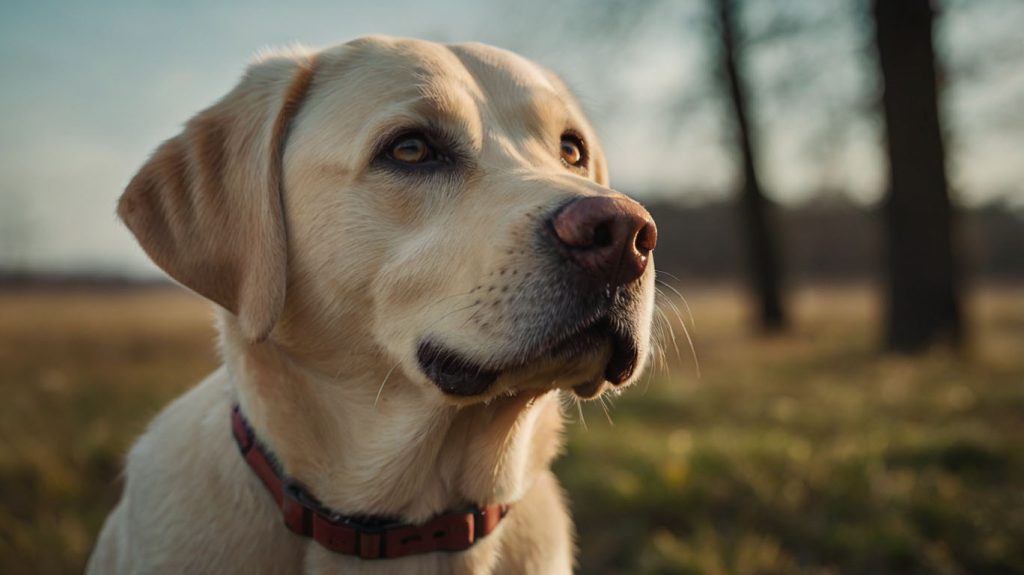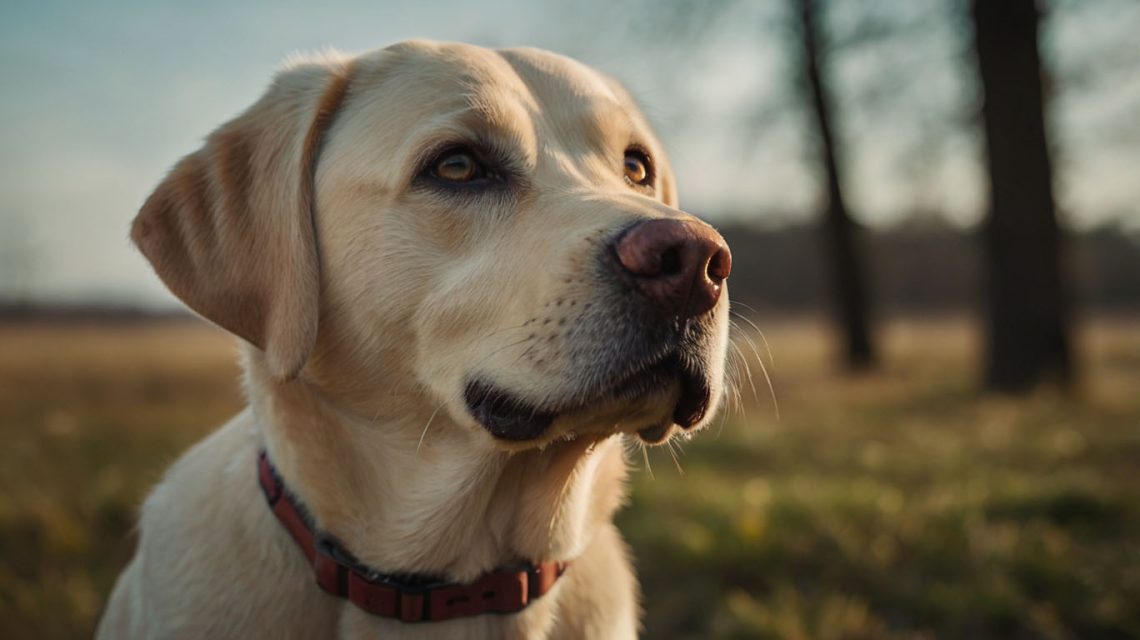Introduction
Imagine bringing home a bouncy Labrador Retriever puppy with eyes full of wonder. You dream of quiet walks, obedient behavior, and a best friend who fits perfectly into your family. However, reality can hit hard when your shoes become chew toys, and your quiet walks turn into chaotic sprints. Labrador Retriever training bridges the gap between dream and reality, shaping your pup into the companion you imagined.
In this article, we’ll explore how to transform even the most mischievous Labrador into a well-mannered family member using expert-backed strategies. With consistency, patience, and love, success is within your reach.
Labrador Retriever Training Basics
Starting with Labrador Retriever training early gives your dog the best chance at becoming a well-rounded companion. While Labradors are naturally eager to please, they are also energetic and sometimes stubborn. Therefore, setting clear rules from the beginning helps prevent problems down the road.
Start with a training plan that fits your lifestyle and your dog’s personality. Even a few minutes of daily practice can build a foundation that lasts a lifetime.

Why Labrador Retriever Training Matters
Training isn’t just about obedience—it’s about safety, happiness, and harmony. A well-trained Labrador is less likely to dart into traffic, get into fights, or develop anxiety. Additionally, training strengthens your bond, turning walks, playtime, and even downtime into rewarding experiences.
Moreover, Labradors are social creatures who thrive on interaction. Proper training ensures they interact safely with people, children, and other animals.
Understanding Your Labrador Retriever
Labradors are intelligent, friendly, and eager to learn. However, their boundless energy can sometimes lead to mischief. Knowing their common challenges—like chewing, pulling on the leash, or jumping up—helps you stay one step ahead.
Furthermore, recognizing their sensitive nature is key. Harsh corrections often backfire, so positive, gentle guidance works best.
Essential Training Equipment
To set your Labrador up for success, you’ll need:
- Leash and collar: Choose a sturdy set appropriate for their size.
- Clicker: For precise reward marking.
- Treats: Small, high-value treats keep your dog motivated.
- Toys: Interactive toys double as training tools.
These tools not only make training easier but also add an element of fun to every session.
House Training a Labrador Retriever
House training can feel overwhelming, but consistency is your secret weapon. Establish a routine: take your pup outside after eating, sleeping, or playing. Use praise and treats when they succeed, and avoid punishment for accidents—redirect calmly instead.
Crate training is a valuable tool here. It gives your pup a safe space and helps regulate bladder control.
Basic Commands Every Labrador Should Know
Your Labrador should master:
- Sit
- Stay
- Come
- Heel
- Leave it
Start in quiet environments, then gradually introduce distractions. Short, upbeat sessions prevent frustration.
Advanced Labrador Retriever Training
Once the basics are in place, challenge your Labrador with:
- Off-leash reliability
- Agility exercises
- Scent games
Advanced training enriches their lives and taps into their natural abilities, preventing boredom.
Socialization Strategies
Early, positive exposure to people, places, and animals is crucial. Arrange playdates, visit dog-friendly stores, or enroll in puppy classes. Socialization reduces fear and builds confidence.

Training a Labrador Retriever Puppy
Focus on age-appropriate milestones:
- 8-12 weeks: Name recognition, sit, gentle handling.
- 3-6 months: Leash walking, house training.
- 6-12 months: Socialization, basic commands under distractions.
Gentle games and plenty of praise turn learning into fun.
Training an Adult Labrador Retriever
Adult Labradors can absolutely learn new tricks! However, breaking bad habits may take more patience. Use clear cues and generous rewards, and stay consistent.
Positive Reinforcement Techniques
Labradors thrive on rewards. Use treats, praise, and play to reinforce good behavior. Avoid punishment, which can erode trust.
Using Clicker Training with Labradors
Clicker training sharpens communication. Introduce the clicker by pairing it with treats, then use it to “mark” correct behaviors, like sitting or lying down.
Addressing Behavior Problems
For barking, chewing, or jumping, redirect to positive outlets. Provide chew toys, reward calmness, and teach alternative behaviors.
Exercise and Mental Stimulation
Labradors need physical and mental outlets. Daily walks, games like fetch, and puzzle toys keep their bodies and minds healthy.
Diet’s Role in Training Success
Use nutritious treats for training, but watch portions to prevent weight gain. Healthy snacks like carrots or kibble work well.
Consistency is Key in Labrador Training
Routines help dogs understand expectations. Use the same cues and reward every success, no matter how small.
Common Labrador Training Mistakes
Avoid:
- Inconsistency
- Impatience
- Neglecting socialization
Remember, setbacks are normal; stay positive!
Crate Training a Labrador Retriever
Introduce the crate as a happy place. Feed meals inside, and use treats to encourage entry. Never use the crate as punishment.
Walking on a Loose Leash
Teach leash manners by stopping when your dog pulls and moving forward when they relax. Patience pays off!
Recall Training
Build a reliable recall by practicing in safe spaces and rewarding generously when they come.
Training for Specific Situations
Prepare your Labrador for vet visits or car rides by practicing calm behaviors and rewarding them.
Children and Labrador Retriever Training
Teach kids how to give commands and handle the dog gently. Supervise all interactions to keep everyone safe.
Training with Multiple Dogs
Train each dog separately before practicing together. This prevents competition and ensures success.
Building Confidence in Shy Labradors
Use gentle exposure and reward calm reactions. Never force interactions.
Training for Therapy or Service Work
Focus on advanced obedience, calmness, and desensitization to various environments.
Enrichment Through Games and Tricks
Games like hide-and-seek or learning new tricks keep Labradors mentally sharp.
Using Technology in Labrador Training
Consider GPS collars or training apps to track progress and stay connected.
When to Seek Professional Help
If you feel stuck, a certified trainer can provide guidance and speed up progress.
Success Stories of Labrador Retriever Training
Many owners have transformed wild pups into calm companions. Let these stories inspire you to keep going!
FAQs
How long does Labrador Retriever training take?
It varies, but expect several months for basic training, and ongoing reinforcement for life.
Can older Labradors learn new behaviors?
Absolutely! While it may take more patience, older dogs can thrive with training.
What’s the best age to start training?
As early as 8 weeks, focusing on simple commands and socialization.
How do I stop my Labrador from pulling on the leash?
Use positive reinforcement and stop walking when they pull; reward when they walk calmly.
Is crate training cruel?
No, when done properly, crates offer a safe and comforting space.
Do Labradors need professional training?
Not always, but it can be helpful for specific issues or advanced training.
Conclusion
Training a Labrador Retriever is a journey of patience, love, and learning. By using positive methods, setting consistent rules, and providing mental stimulation, you can shape a joyful, well-behaved companion. So, start today—your Labrador is ready!


